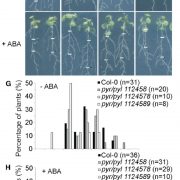
The xerobranching response represses lateral root formation when roots are not in contact with water (Curr. Biol. - $)
Roots navigate through the soil, foraging for water and nutrients. Orman-Ligeza et al. observed that lateral root development is repressed when the roots are growing through the soil air spaces. Exposure to water deficit induced transcriptome reprogramming in barley roots of genes involved in many hormone…
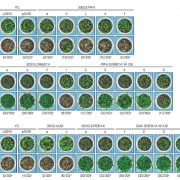
A gene‐stacking approach to overcome the trade‐off between drought stress tolerance and growth in Arabidopsis (Plant J)
In the face of increasing incidence of drought events, developing drought-tolerant plants becomes urgent matter. However, the increase in drought tolerance often coincides with the significant reduction of plant size, as in the case of overexpressing DEHYDRATION-RESPONSIVE ELEMENT-BINDING PROTEIN 1A…
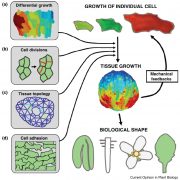
Review - Cellular basis of growth in plants: geometry matters (COPB - $)
Plants exhibit various forms which are determined by the individual cells. The diversity of cell shapes within a single organism is astounding and results from the interactions between the pressure generated by the cell and surrounding tissue as well as heterogeneities in the cell wall composition. As…
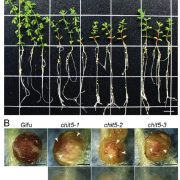
A plant chitinase controls cortical infection thread progression and nitrogen-fixing symbiosis (eLIFE)
Nitrogen-fixing bacteria produce species-specific chitin-like molecules, Nod factors, which induce nodule development and infection thread formation in the host plant, aiding microbial infection. Malolepszy et al. performed a detailed study of symbiotic defective mutants in lotus (chit5), where the nodule…
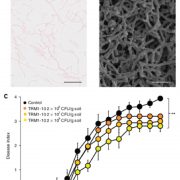
Rhizosphere microbiota structure alters to enable wilt resistance in tomato (Nature Biotech. - $)
Plants are frequently attacked by pathogens, but the pathogen-resistance is often attributed to the host. While interactions between the plant and its microbiota are recognized for their role in plant growth, their role in pathogen resistance is unknown. Kwak et al. studied the effect of soil-borne pathogen Ralstonia…
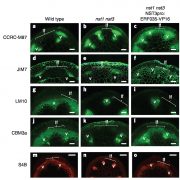
Complete substitution of a secondary cell wall with primary cell wall in Arabidopsis (Nature Plants - $)
Plant cell walls are important for terrestrial lifestyle, providing support and directing the plant growth. The primary and secondary cell walls differ in their chemical composition and flexibility. Secondary cell walls are less perceptive to industrial degradation processes and therefore pose problems…
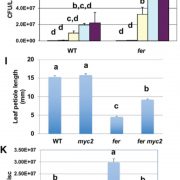
FERONIA receptor kinase contributes to plant immunity by suppressing jasmonic acid signaling in Arabidopsis thaliana (Curr. Biol. - $)
Receptor-like kinase FERONIA plays important role in the regulation of plant growth as well as interactions with the environment. In order to understand how FER affects plant growth Guo et al. examined global transcriptome changes in fer mutant. The authors observed that genes up-regulated by stress…
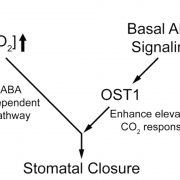
Abscisic acid-independent stomatal CO2 signal transduction pathway and convergence of CO2 and ABA signaling downstream of OST1 kinase (PNAS - $)
The global increase in CO2 concentrations results in the reduced opening of the stomata. Although reduction in the stomatal opening in response to drought relies on abscisic acid (ABA), less is known about the mechanism controlling stomatal aperture in response to elevated CO2. Hsu et al. examined stomatal…
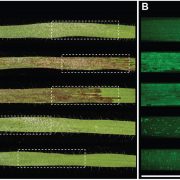
The genetic architecture of colonization resistance in Brachypodium distachyon to non-adapted stripe rust (Puccinia striiformis) isolates (PLOS Gen.)
The host range of a pathogen depends on its ability to overcome various plant defense barriers and successfully complete its life cycle. Although host “jumps” are considered rare, the pathogens are able to infect plants other than their usual host with varying degree of success. Yellow stripe rust…

